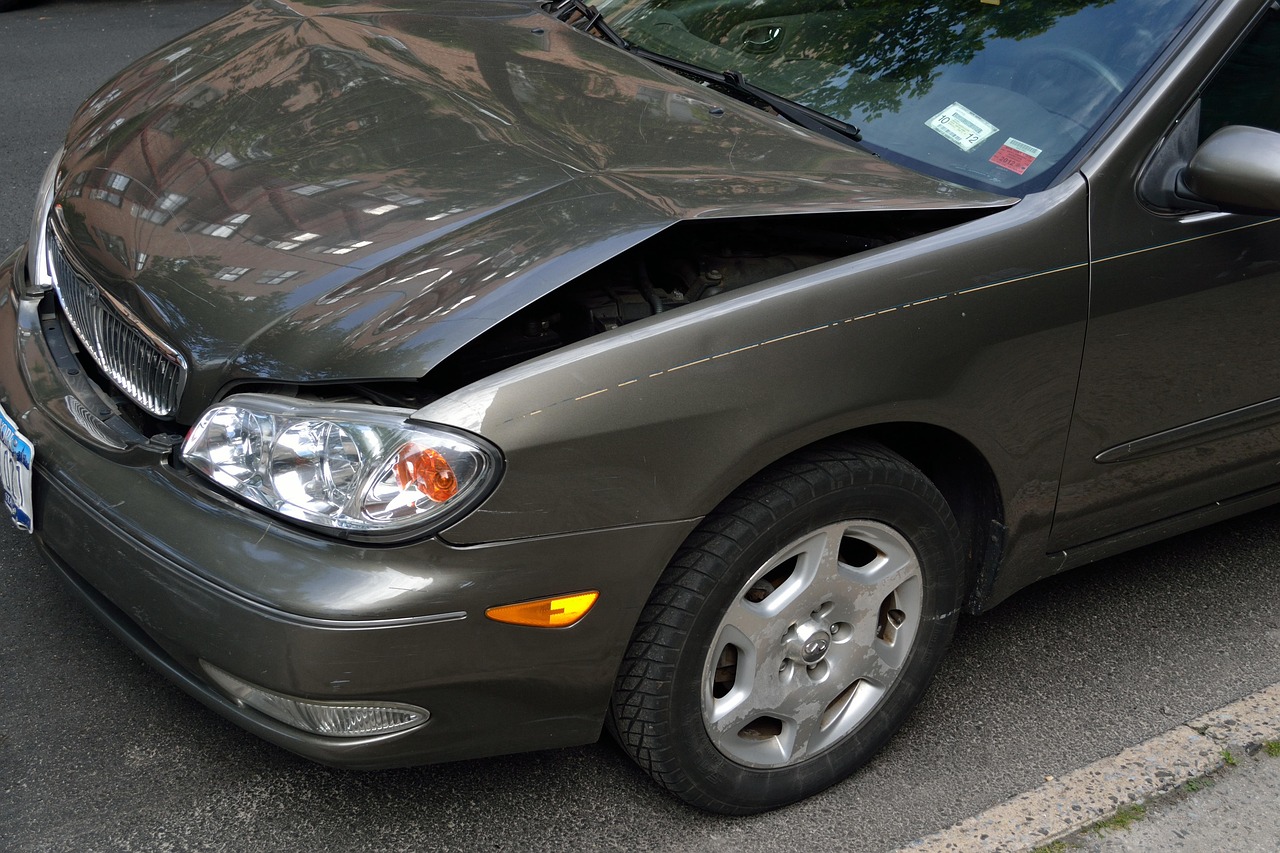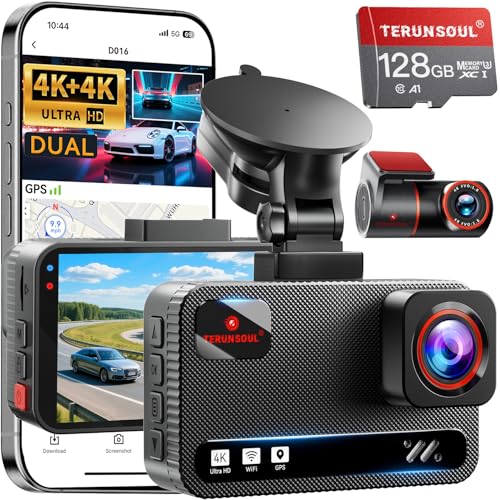The insurance industry is facing an unprecedented crisis. Fraudsters have discovered a powerful new weapon: artificial intelligence.
Recent research from Cornell University reveals a disturbing trend that insurance companies are desperately trying to combat. Scammers are now using AI to generate fake car accident photos, fabricated damage reports, and even counterfeit driver’s licenses—all in a matter of minutes.
The technology has become so sophisticated that both human adjusters and AI detection systems struggle to distinguish real evidence from fake. This isn’t a problem lurking on the horizon; it’s happening right now, and the consequences are already being felt across the insurance industry.
The Scale of the Problem
The numbers tell a chilling story. In the United Kingdom, insurance fraud involving doctored photos has exploded by 300% in just one year. American insurers are scrambling to develop detection methods, but they’re playing catch-up against technology that evolves daily.
This surge in AI-generated fraud has compelled insurance companies to implement more stringent verification processes across the board. Unfortunately, this means legitimate claims are increasingly being flagged for additional scrutiny.
The trust that once expedited straightforward claims has eroded, replaced by suspicion and extensive verification requirements.
How AI Fraud Works

The process is disturbingly simple. Fraudsters use generative AI tools to create realistic images of vehicle damage, accident scenes, and supporting documentation. They can generate multiple angles of a fake accident, create weather-appropriate lighting, and even add convincing details such as skid marks and debris patterns.
The entire fraud package can be assembled in minutes rather than the hours or days it would take to stage a physical fraud. The barrier to entry has dropped dramatically, making insurance fraud accessible to anyone with an internet connection and basic technical skills.
Protecting Yourself from False Accusations
In this new landscape, documentation is your best defense. When you’re involved in a real accident, you need to create a comprehensive evidence trail that proves authenticity beyond doubt.
Immediate Steps After an Accident
Take extensive photographs from every conceivable angle. Capture wide shots showing the entire scene, then move in for close-ups of specific damage. Don’t assume you’ve taken too many photos—in today’s environment, there’s no such thing.
Record video footage while walking around the accident scene. Narrate what happened, describe the damage you see, and explain the circumstances. This creates a multi-sensory record that’s much harder to fabricate with current AI technology.
Enable timestamps in your camera settings or ensure your files include metadata showing when and where they were captured. This temporal and geographical data provides crucial verification that the incident occurred when and where you claim.
Collect witness information immediately, while the witnesses are still present. Get names, phone numbers, and brief statements if possible. Witnesses disperse quickly, and tracking them down later can be nearly impossible.
Creating a Permanent Record
Back up everything to the cloud immediately after an accident. Email photos and videos to yourself, upload them to cloud storage, or use both methods. This creates time-stamped records in multiple locations that would be extremely difficult to fabricate retroactively.
Maintain comprehensive files of all accident-related documentation. Keep repair estimates, police reports, correspondence with your insurance company, and any other relevant materials organized and accessible.
Use your insurer’s mobile app if available. Many insurance companies now offer apps with built-in tools that automatically attach time stamps and GPS location data to your uploads. This creates a verified chain of custody for your evidence starting immediately after the incident.
The Dashcam Solution
Perhaps the single most effective protection against fraud accusations is a dashcam that records continuously while you drive. Unlike photos taken after an accident, dashcam footage captures the actual moment of impact and the events leading up to it. That’s evidence that’s exponentially harder for AI to fabricate convincingly.
Modern dashcams offer features that make them invaluable for documentation:
4K resolution captures fine details that lower-quality cameras miss, including license plates, street signs, and damage as it occurs.
Wide-angle lenses provide comprehensive coverage of the road ahead and behind you, eliminating blind spots.
Night vision capabilities ensure you’re protected even in low-light conditions when accidents are more likely to occur.
Parking monitors continue recording even when your vehicle is unoccupied, protecting you from hit-and-run incidents and fraudulent claims about parking lot damage.
Collision sensors automatically save footage when impact is detected, ensuring critical evidence isn’t overwritten by subsequent recordings.
The Bottom Line
AI-generated fraud isn’t coming—it’s already here, and it’s changing how insurance companies evaluate every claim they receive. The assumption of honesty that once expedited legitimate claims has been replaced by necessary skepticism.
Your protection lies in creating an evidence trail so comprehensive and verifiable that it withstands the heightened scrutiny now standard in the industry. Every driver needs to understand these new realities and take proactive steps to document accidents meticulously.
The stakes are too high to leave anything to chance. In a world where seeing is no longer believing, exhaustive documentation separates honest claims from fraudulent ones.






